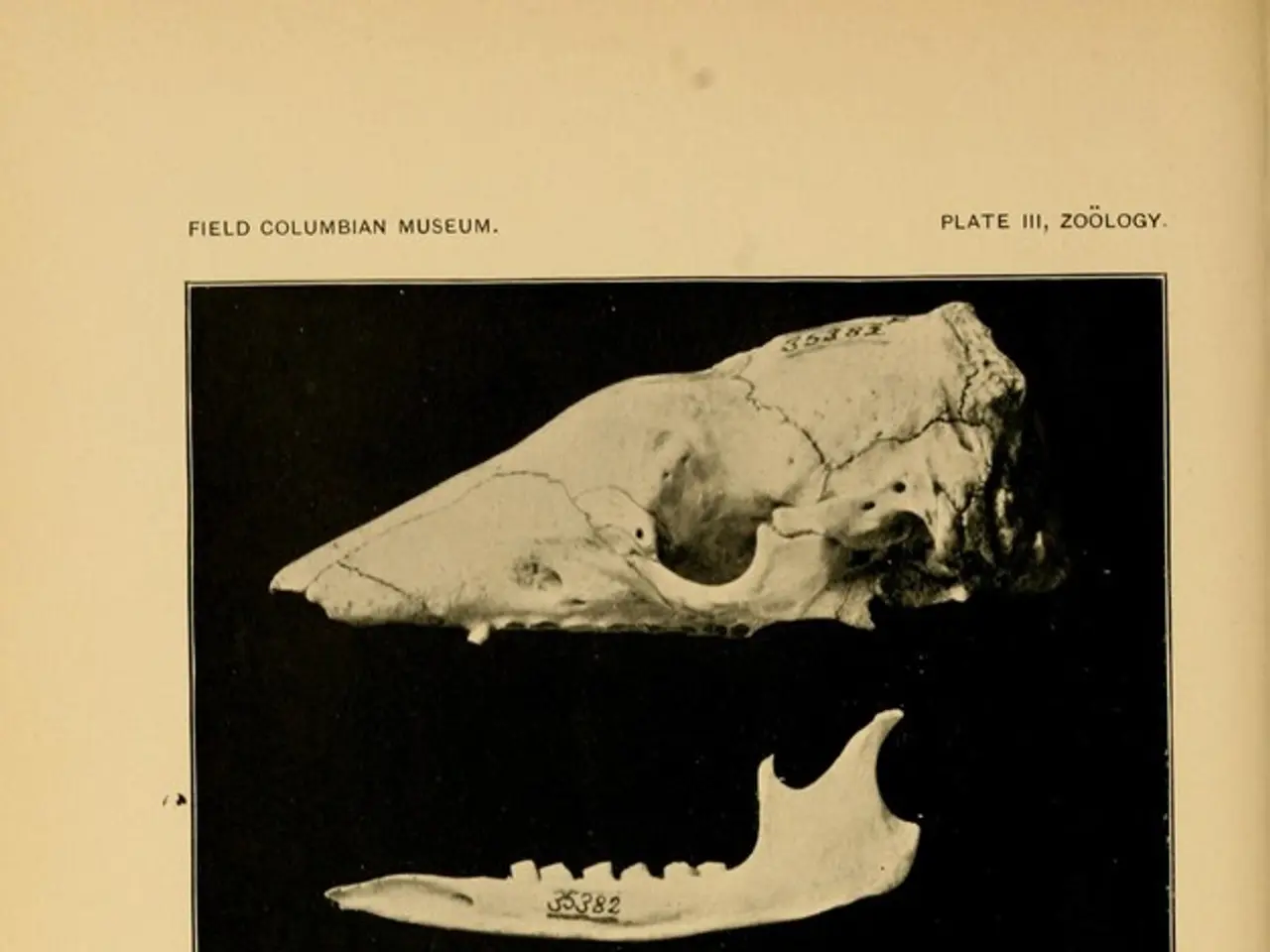Osteoporosis can be indicated by a T-score value of -2.5 or lower.
A T-score is a crucial indicator of bone health, representing the standard deviation from the average bone density of a healthy 30-year-old. Here's what your T-score means:
- A T-score of 0 indicates a person's bone density is the same as an average 30-year-old.
- A T-score of -1 means a person's bone density is about 10% less than the average 30-year-old. Each standard deviation represents approximately 10-12% difference in bone mass.
- T-scores of -2.5 or less indicate osteoporosis, a condition that affects many people as they age and can also result from other conditions that cause bone density loss.
Risk factors for osteoporosis include increasing age, history of a broken bone after age 50, previous surgery to remove the ovaries before menstruation periods stopped naturally, family history of broken bones or osteoporosis, smoking, altered levels of hormones, poor dietary habits, lack of physical activity or prolonged bed rest, heavy drinking, underweight or low body mass, and long-term use of certain medications.
Improving T-scores involves building stronger and denser bones by eating foods with bone-supporting nutrients, avoiding smoking, staying physically active, limiting alcohol consumption, treating any underlying inflammatory conditions, and maintaining a balanced diet. A person will need to take steps to treat the condition to help improve bone density and reduce their risk of bone fractures.
A healthcare professional compares a person's T-score to that of a healthy 30-year-old to assess bone health. For context, T-scores classify bone density status as follows:
- Normal bone density: T-score ≥ -1.0
- Osteopenia (low bone density, not osteoporosis): T-score between -1.0 and -2.5
- Osteoporosis: T-score ≤ -2.5
It's important to note that some patients with fragility fractures have T-scores between -2.0 and -2.5, suggesting fracture risk may extend into this range. However, the traditional diagnostic cut-off for osteoporosis remains ≤ -2.5.
A Z-score, on the other hand, compares a person's bone mass to peers who are the same age and sex. It's particularly useful for diagnosing secondary osteoporosis that may occur due to medications or other health conditions, particularly for children, young adults, premenopausal females, and males under the age of 50.
Most people reach peak bone mass around the ages of 25-30. After age 40, most people start to lose bone mass. If you have concerns about your bone health, it's always a good idea to consult with a healthcare professional who can perform a bone density test (DEXA scan) to determine your T-score and provide guidance on maintaining or improving your bone health.
Read also:
- Trump's SNAP reductions and New York City Council's grocery delivery legislation: Problems for city residents highlighted
- Reducing dental expenses for elderlies in Sweden: Over 50% cut in charges for pensioners by the government
- Forty-year-old diet: A list of meal choices to savor
- Exiled Life's Conundrum: A Blend of Liberation, Disillusionment, and Distress





